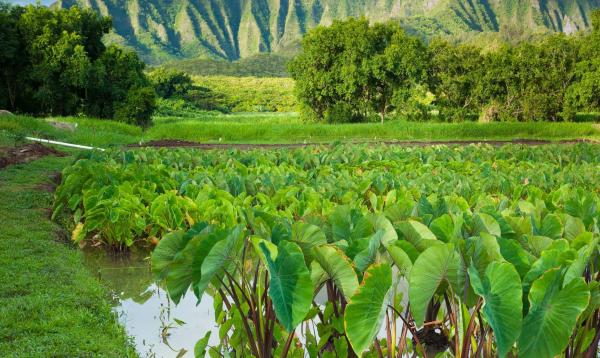The hydrological roots of Maui’s Great Fire
1 Sep 2023 by The Water Diplomat

On the 21st of August Hawaii’s governor, Josh Green, speaking to CNN, stated: “there has been a great deal of water conflict on Maui for many years .. […] .. people have been fighting against the release of water to fight fires”. It has emerged that just before the disastrous fire that wiped out the town of Lahaina, representatives of the West Maui Land Company, noting the combination of dry vegetation and high winds, requested permission from State authorities to fill a private reservoir in case of the need to fight fires. Before the request was approved, however, power lines that fell as the result of the winds allegedly ignited a fire – an issues contested by Hawaii Electric company , and later in the day a second fire started which devasted the area and, by the 30th of August, had led to 115 fatalities and 388 missing persons.
The reservoir would probably not have helped to contain the fire, but the issue has again raised controversy and conflict over water rights in Hawaïi which has continued for some 150 years in different forms. Many writers over the past weeks have pointed to the enduring legacy of plantation capital: private land ownership did not exist and land allocation was managed on behalf of the people through the king. However, a new law in 1848 – the Great Mahele enabled the introduction of private land ownership, as one third of the land was designated as State Land, which was subsequently sold to agricultural corporations which began clearing the rich wetlands and rerouting the water for the development of water intensive, export oriented agricultural crops such as sugar and pineapples.
Maui’s rural areas today still feature many stone contour bunds, which were built by native Hawaiian communities five centuries ago. Maui used to have a traditional ‘Auwai’ system of channeling water from local streams to supply a fishpond or ‘Taro’ patches of agricultural land. Karo-Talo is a root vegetable which is considered to be one of the world’s first cultivated crops, and in Maui it was grown in agricultural patches within a wetland area, irrigated from rivers and streams with gravity fed irrigation channels.
However, with the expansion of plantation agriculture on Maui, and followed by a rapid expansion of a water-hungry tourist industry, a lot of pressure has been placed on water resources. When the West Maui Land Company wrote to Kaleo Manuel, a member of the State Commission on Water Resource Management to request the release of water for the private reservoir, the delay in response was interpreted by some companies as an example of the government leaning too much towards the protection of traditional water rights. Kaloe Manuel has since then been ‘redeployed’ to other tasks, a move which has angered many native Hawaiian farmers, who see the letter as a pretext to reallocate water in favour of the agricultural companies.
It is difficult to retroactively chart the draining of Maui’s wetlands in the absence of sufficient historical data. Some researchers have estimated that coastal wetlands in Hawaii have lost some 44% of their original area, as compared to only 3% in upland areas: therefore, it is indeed the agricultural plains that the greatest biodiversity and water loss has been suffered. Historical reports refer to lush plains peppered with wetlands and in which aquaculture was practiced traditionally for centuries. In the wake of the disaster, the stakes of the agricultural corporations are currently still pitted against conservation movements such as the Green New Deal Network which seek to reinvest in climate resilient, sustainable and inclusive forms of development which aim to reduce the level of risk to nature and to communities from current practices in natural resources governance.
